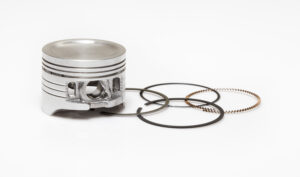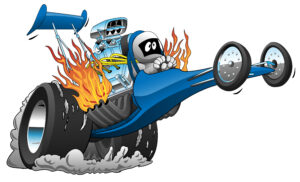
Vette on Steroids / How-To Twin Turbo the C-5
It's turbo time! Joe and Mike install a twin turbo kit on an '05 Corvette and you won't believe where it sits! This wild combo gives the Dyno Jet a workout! Plus, wild, heads-up Outlaw 10.5 drag racing!
Season 10
Episode 15






























